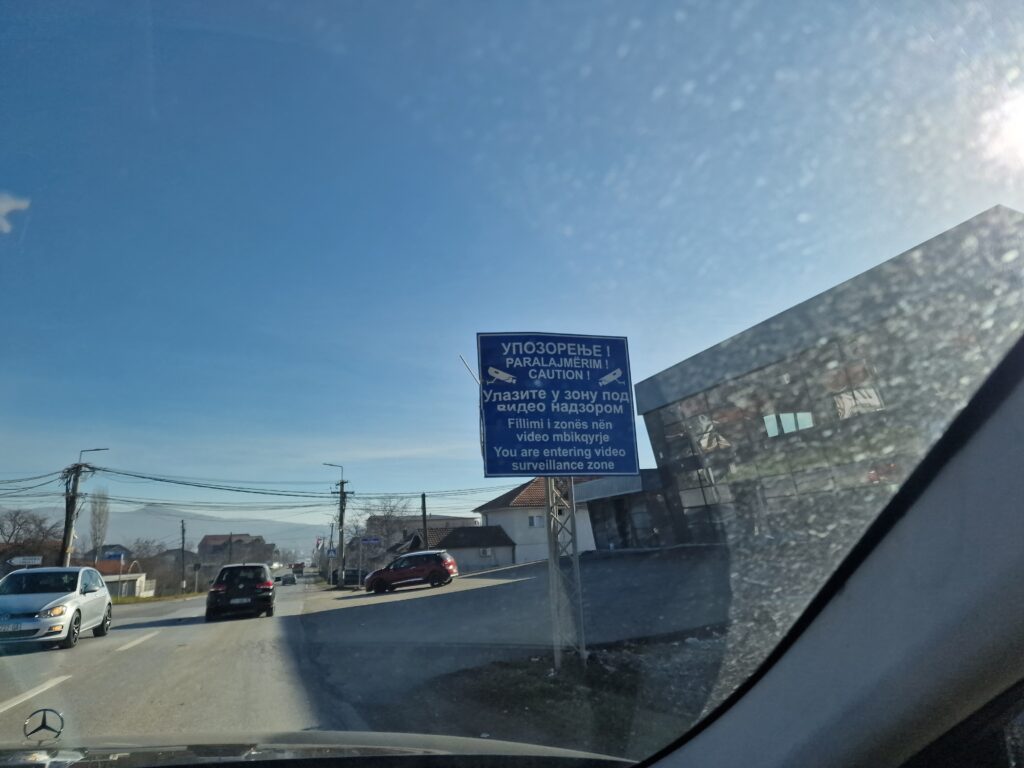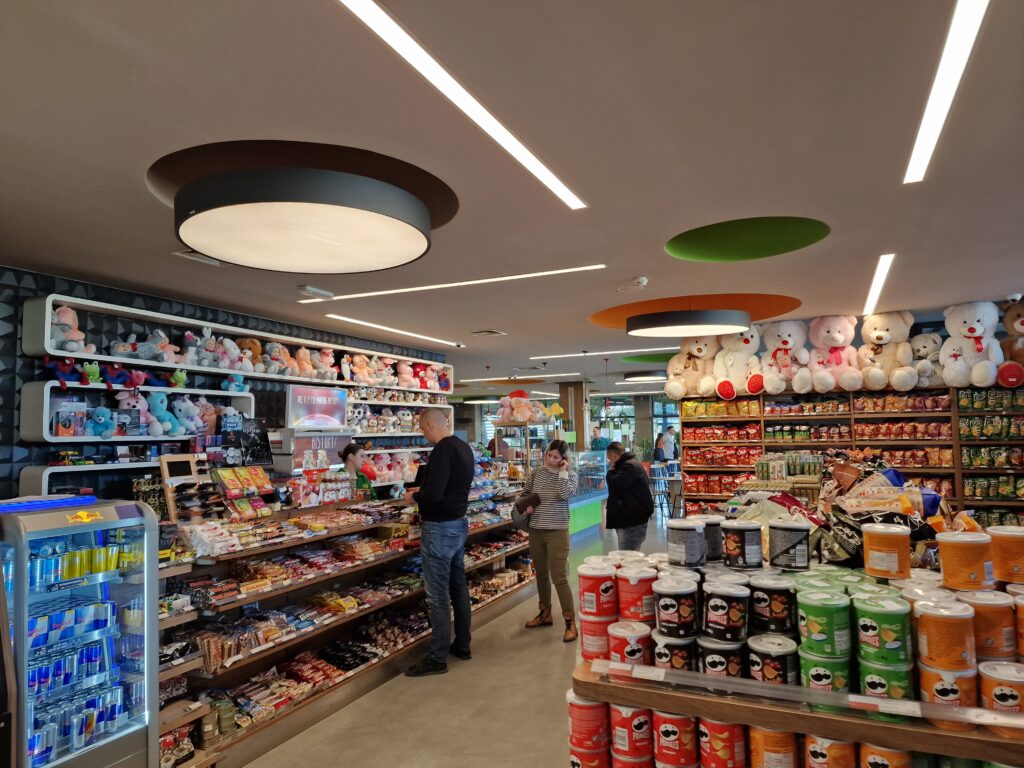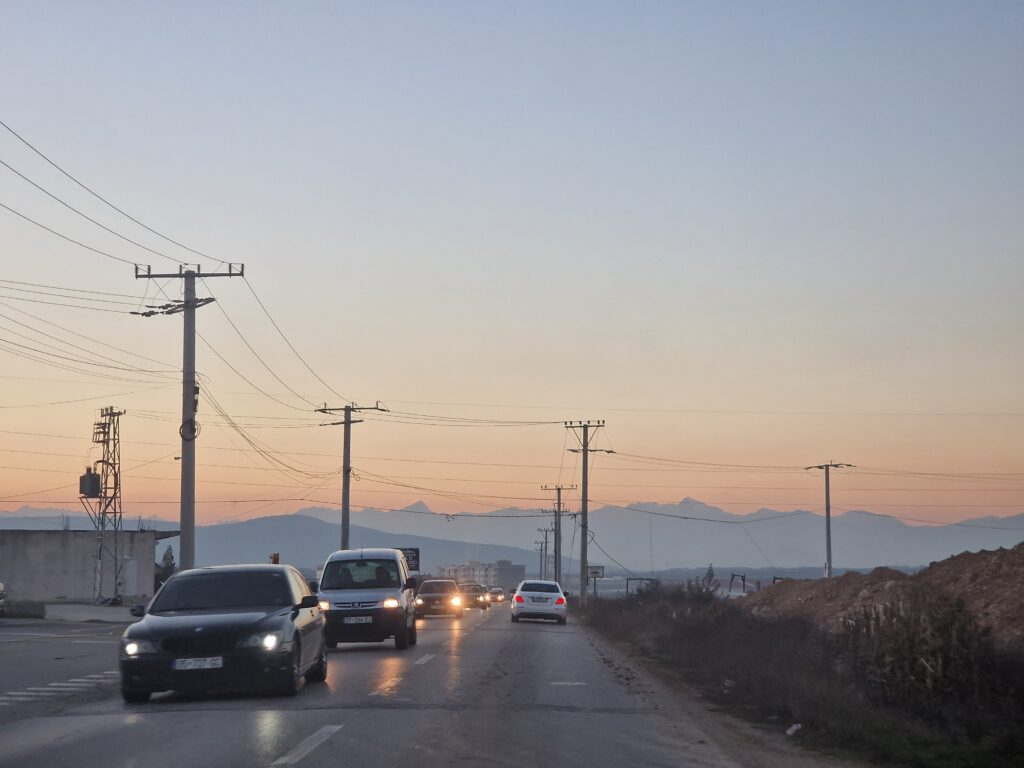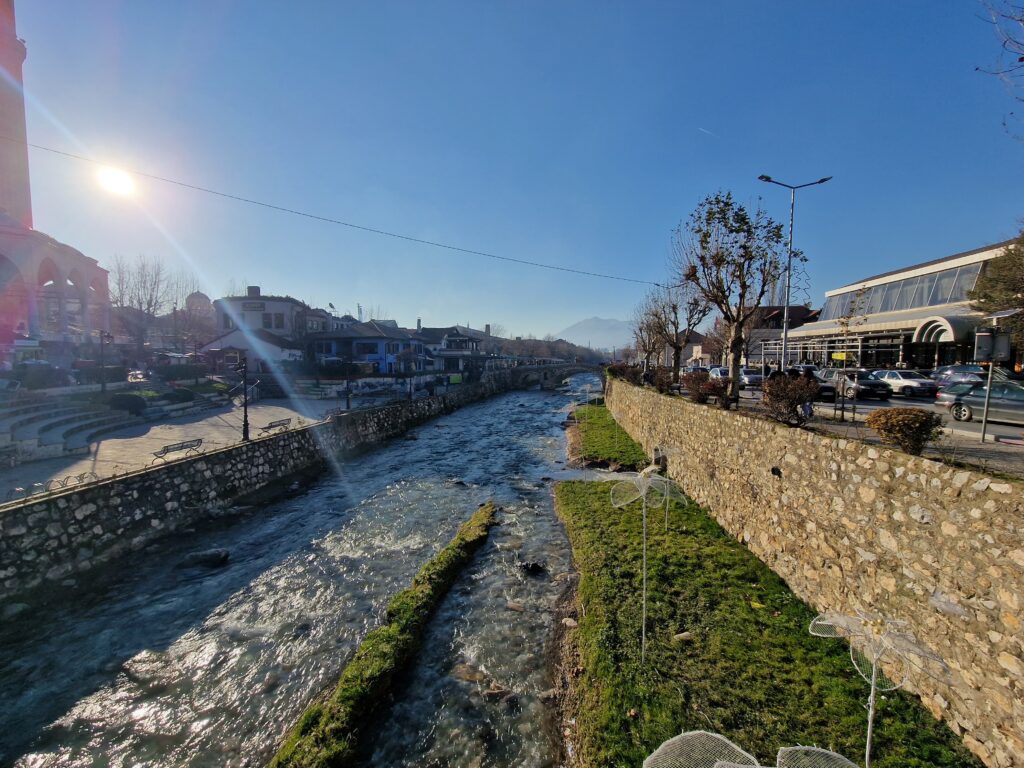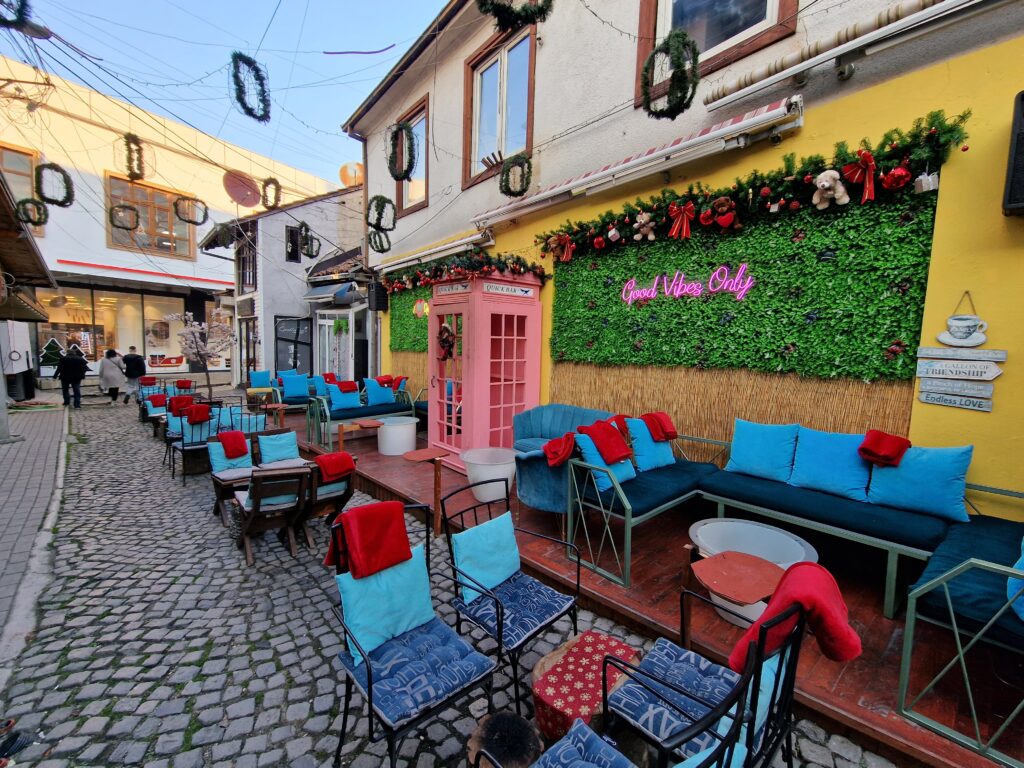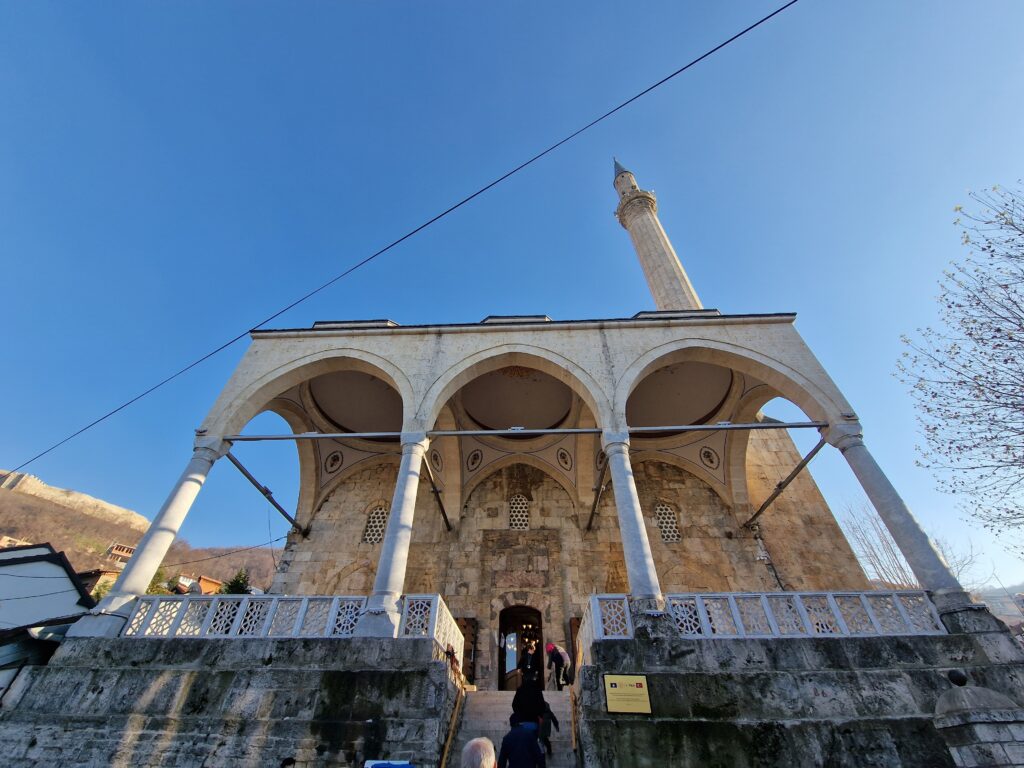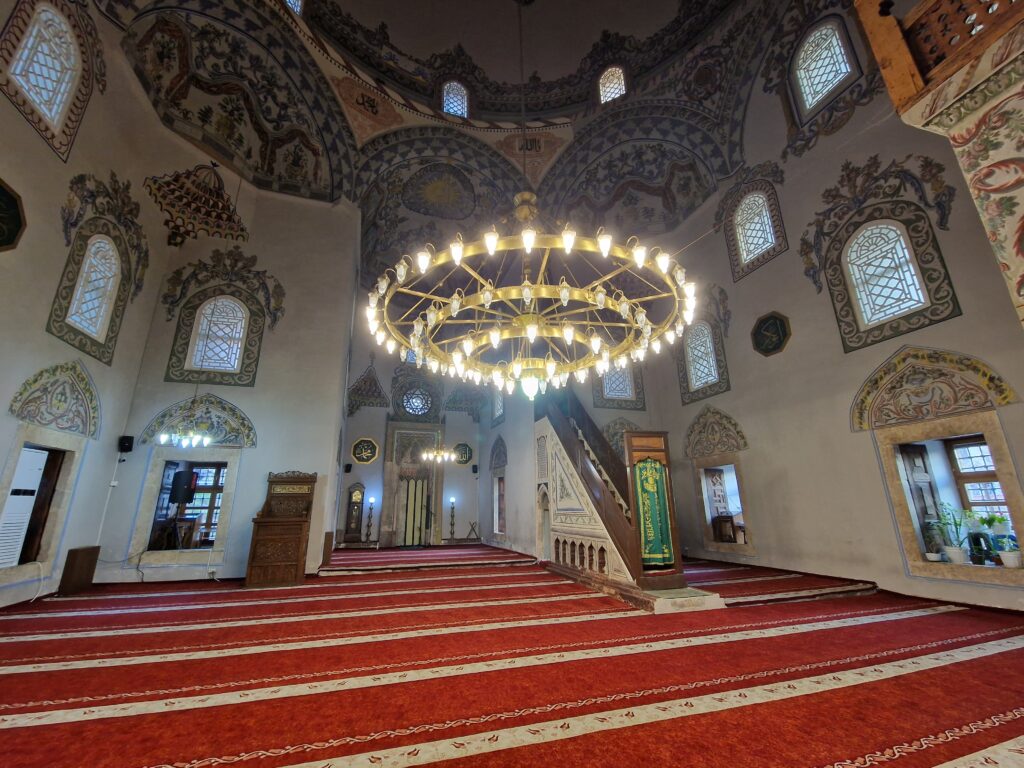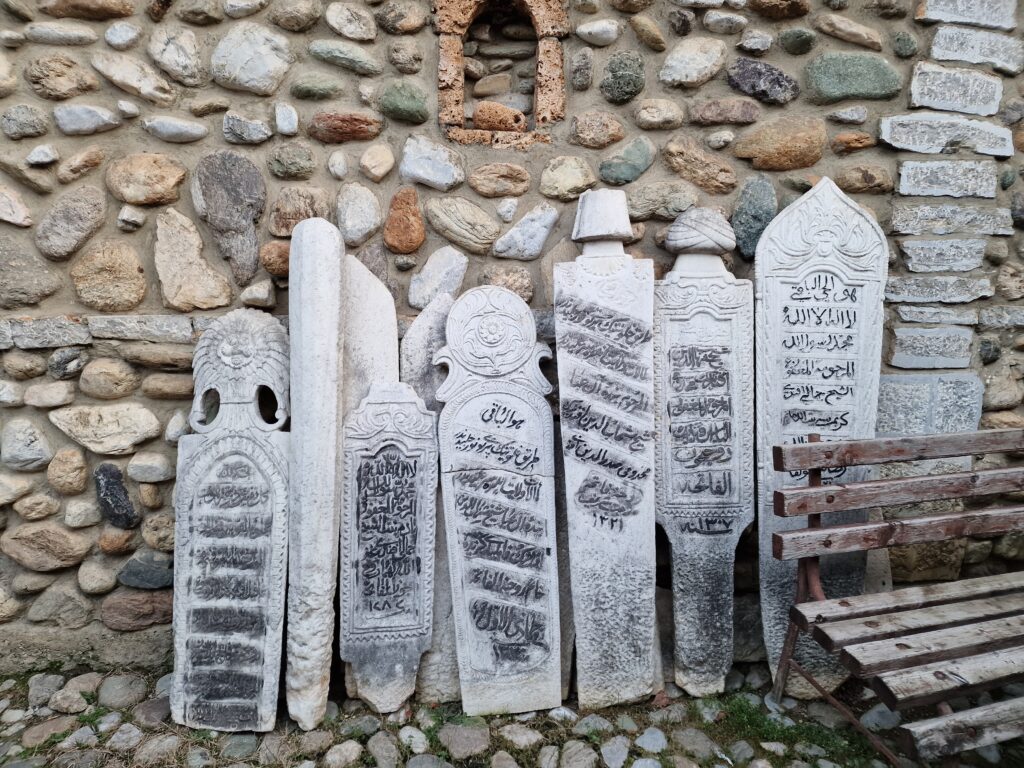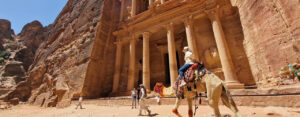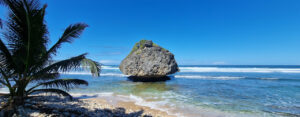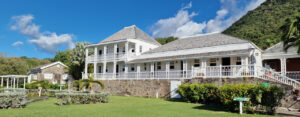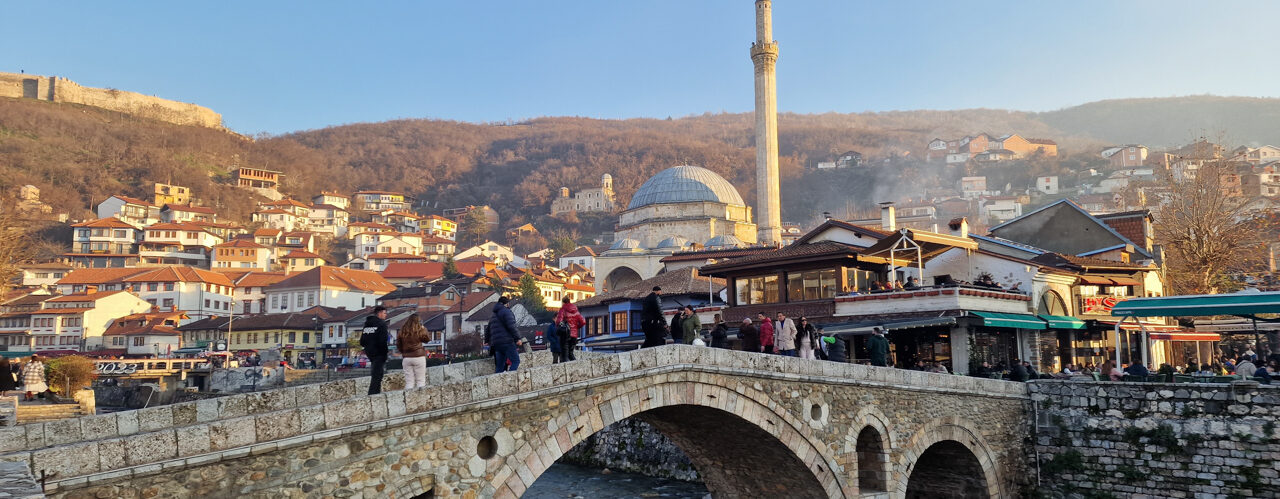
Criss-Crossing Kosovo
The final chapter of our tour of the Western Balkans started in one of the ten Serbian enclaves of Kosovo, never thought I’d be writing that. As touched upon in my previous post, Kosovo and neighbouring Serbia have a complex and fraught relationship that only becomes more complex and fraught inside a majority Serb area, such as where I was stood in Gračanica. Despite less than 7% of the total population identifying as Kosovo Serb, they like to make their voices heard and, with the help of their homeland, continue to fight for recognition and further powers from a largely suspicious government. Wholly understandable suspicions given the last thirty years of history between the two nations.
However, a delicate but workable balance does exist in these areas and, although heavily monitored, are home to bustling communities as well as some remarkable examples of Serbian Orthodox monasteries (well, the few that have survived the countless wars). Not least in Gračanica where a UNESCO-worthy religious site sits just five kilometres from the capital. Established in 1321 by Serbian king Milutin, it is widely considered to be the most impressive monastery in a country that has many more of them than they do McDonald’s, primarily because they don’t have any of the latter. While the medieval-era paintings it contains are striking, it is the smaller side chapel that truly enchants with its ancient caverns filled with vivid, lifelike murals that illuminate the dark, ethereal space. Regrettably, photos were not allowed inside the building (strictly enforced), so an internet search will have to suffice.
After exiting the enclave, and passing the seventh sign reminding/warning us that we were now entering a Kosovar area, we began the one-hour journey south-west to Prizren. I previously wrote about the quality of the roads here and, once again, want to emphasize just how absolutely fantastic they are, much better than any Welsh thoroughfare I’ve encountered although that wouldn’t be altogether that difficult. Well-surfaced and regularly supported by services that make Leigh Delamare look like Wormwood Scrubs, I could quite happily steer my way around Kosovar highways indefinitely. Unfortunately, I had to abandon their exceedingly smooth planes for one final stop.
The second most populous city in the country is Prizren. Rich in Ottoman history, and just a stone’s thrown from the Albanian border, the architecture has a distinctly Islamic feel with grand mosques and tombs around every corner. Split by the Prizren River and criss-crossed by charming bridges built in the arcing Balkan style, akin to Mostar, the centre is a tourist hotspot with restaurants, cafes, and even a new youthful bar street opening every week according to my guide, Mirza. Despite a contemporary feel, signs of the war are still visible through the countless memorials and monuments that dot the narrow streets while some of the most severely damaged buildings have yet to be repaired. It is also still fresh in the memory of the locals and, in particular, Mirza who lost many relatives and was badly injured during the conflict.
At the centre of the old town dominates Sinan Pasha Mosque and, with Mirza’s assistance and the odd Euro or two palmed to the cleaner, can be entered and photographed by interested Welshmen. Built from the rubble of a previous Serbian Orthodox church in 1600, a microcosm of the tribulations that have affected the region for centuries, it was declared a Monument of Culture of Exceptional Importance in 1990 and it’s clear to even a simpleton like me why it was chosen. The interior walls are painted in both a common style with verses from the Quran and in a highly uncommon floral style, something rarely seen inside Islamic structures. As Mirza conversed with the Imam, a close relation from what I gathered, I was free to explore the main prayer space, mihrab, and small cemetery nearby, a unique and moving experience all told.
And that would just about summarise my experience of the Balkans as a whole. From learning about and hearing accounts of the horrors faced in Bosnia and Kosovo just a generation ago to the incredible changes made and the development of the tourism industries in Montenegro and Albania, the region has offered an eye-opening experience that couldn’t be replicated anywhere else in Europe. While struggles remain in some darker corners, the progress made appears enormous and, combined with inevitable EU memberships, means these nations may soon be altered forever. Come get your beer before it’s €10.
J

